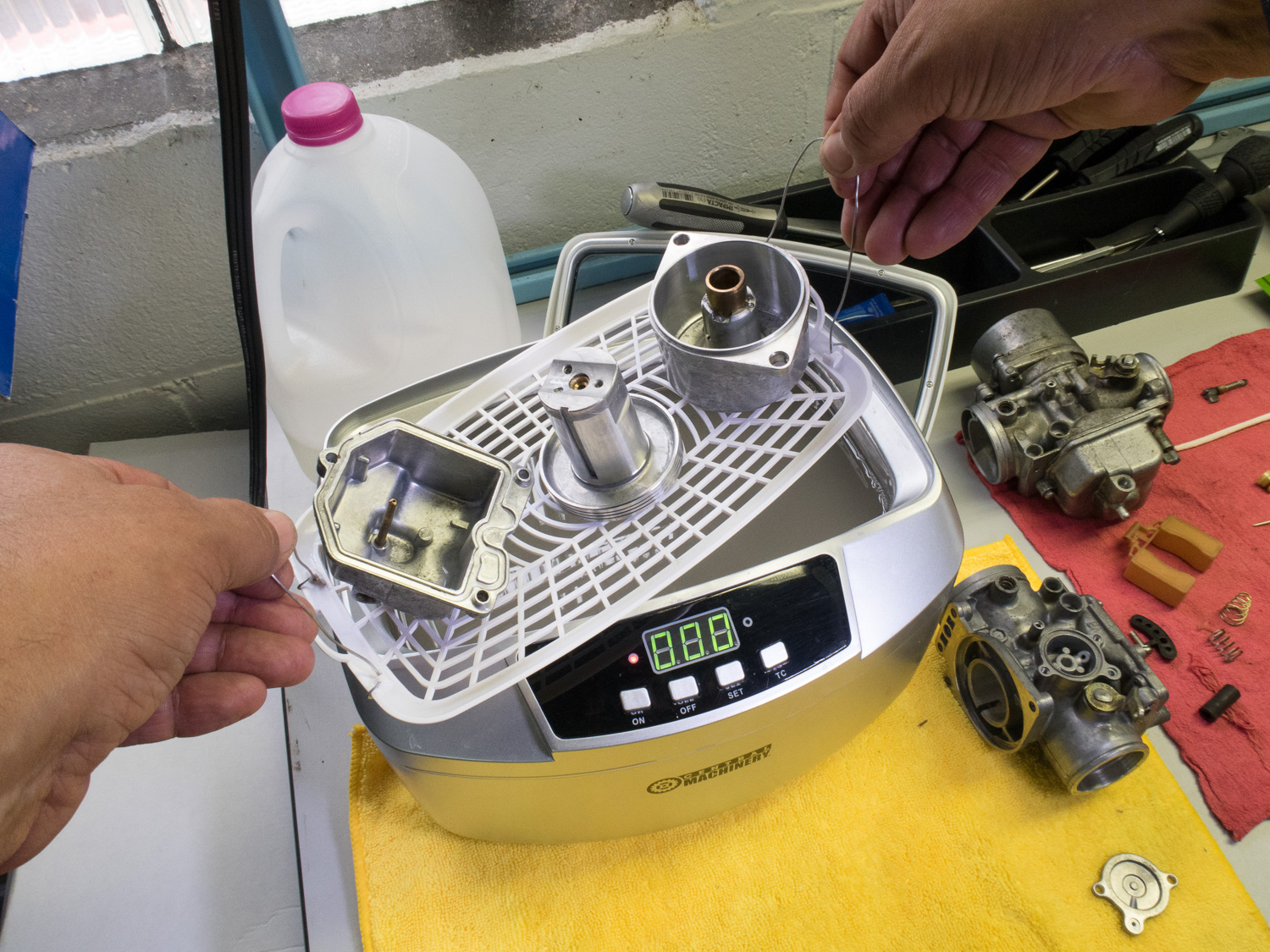5 winter fixes that make for happy springtime motoring
Frigid weather and untold tons of road salt trap many classics in the garage this time of year, meaning it’s time to wrap up some winter projects so the first cruise of spring is enjoyable. Spraying paint, using sealants, and detailing might not be possible, but colder weather is preferable to work in than sweating buckets in summer. We put together five projects perfect for the winter months that also put your ride in better shape come driving season.
Check into brake rehab


Sorting out the brakes is a perfect cold weather task, and sourcing hard-to-find parts is far less painful when the car is in winter storage. Swapping out the brake fluid is a good idea ahead of storage anyway, and if you’re going to infuse the system with fresh juice you might as well inspect and tune up the brakes.
Rebuilding calipers or wheel cylinders can be done with a kerosene heater or wood stove nearby. And if you’re feeling adventurous a brake upgrade can add modern performance to the classic car formula. “Remove and replace” is the nuclear option but always be wary of the while you’re in there mindset. Greasing the parking brake cable and bleeding the brake system can help prevent the dreaded rear wheel lockup come springtime.
Upholstery and carpet freshening

Remove those tattered, sun-baked or otherwise spent seats and get them out to the upholstery shop while time is on your side. If you’re fortunate enough to own a car with readily available reproduction upholstery bits and kits, installation is easier (or at least less sweaty) in winter. If no kit are available, chase down oddball interior clips and fasteners at a leisurely pace. Yanking the carpet and replacing it with fresh loop or cut pile, backed with new jute padding, denies mildew and musty odors from growing in the dark.
As a bonus, an upholstery-free cabin is not nearly as appealing to enterprising rodents looking to dine on the usual collection of well-preserved french fries and peanuts that somehow always manage to work their way under the carpet. With any luck, the loose change gathered from upholstery and carpet removal is enough for a cup of hot coffee (or some fresh fries).
Sorting electrical gremlins


Polar vortices are ideal for chasing down shorts or sorting out an always lit dash light. Dig out your handy multimeter, brush up on your circuitry knowledge and track down that electrical short that’s been sucking the life out of your battery. Replacing a few dead bulbs and cleaning up switches is easy with the resulting working dome and map lights. A momentary victory will make you feel like a hero in the electricity war. The windshield washer tank float switch shown here had a bad float that would complete the circuit and illuminate the washer tank bulb regardless of washer fluid level. The switch tested good but the mystery was solved by dropping the float switch into a glass of water and watching the float slowly sink. Eureka! Long cold nights with four feet of snow blocking the door is a great time to scour the internets for which global platform still used this 1987 Mitsubishi Starion float switch instead of waiting in August while the part racked up frequent flier miles.
Gummed-up carburetors

Modern gasoline, often laced with water-attracting ethanol, doesn’t store well and can wreak havoc on fuel systems. Draining carburetor float bowls ahead of winter can help but it might already be too late. If jets, air bleeds, and float needles are gummed up, bench rebuilding a carburetor doesn’t require hot summer days.
Thanks to inexpensive ultrasonic technology, you can do some carburetor cleaning inside while binge-watching Battlestar Galactica, and without polluting the house with a bucket of skin-melting carburetor dip. A warm ultrasonic bath in a mild 1:10 solution of Krud Kutter parts cleaner and vinegar/water mixture cleaned the gunk out of some Mikuni motorcycle carburetor parts in minutes.
Thinking of an upgrade to a Holley four-barrel or row of Weber sidedrafts? Time is on your side even if February is a short month. Sourcing the goods and sorting out linkage, fuel pump, and fuel line routing in early March is far better than wasting a driving weekend in May. Like building scale models, assembling carburetors can be mildly therapeutic and help alleviate winter doldrums.
Cooling system evaluation

It might not seem like the ideal time to think about overheating engines when you’re hibernating next to your space heater and surprise skating on your walkway, but sorting out the cooling system in January can pay off in July. The first sweltering summer day of the year is not the time to lament prior procrastination, and if you drained the coolant ahead of storage then you’re already one step ahead.
Give the hoses a bend to check for cracks. Check thermostat function by dropping it into a pot of boiling water to see if it opens all the way. (Just don’t make Top Ramen with that same water.) Spin the fan clutch and water pump to feel and listen for crunchy bearings. If the radiator is out of the engine bay, treat it to a the service it needs while the radiator shop likely isn’t being pressured by everyone to have their project done yesterday. Pressure testing the entire system is a great way to check your work for leaks but use distilled water instead of coolant first, so an open petcock or loose hose clamp don’t turn the garage floor into an EPA Superfund site.
If your car is air-cooled, congratulations. One less thing.


